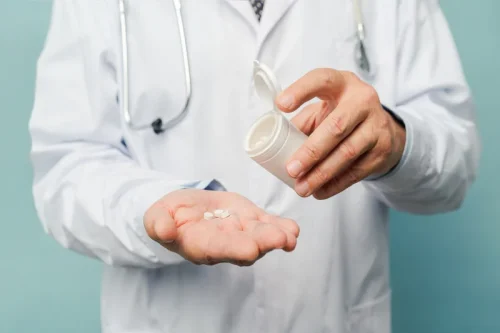
Further understanding of the pathophysiology underpinning the teratogenic and neurotoxic effects of PAE is required to inform prevention and management. Moreover, novel diagnostic tools and treatments must be rigorously tested, and new approaches are needed to reduce stigma, improve the QOL of people with FASD and prevent FASD in future generations. Attempts have been made to understand the individual and combined effects of PAE and postnatal events on individual behaviours in FASD263. One model of complex trauma (Supplementary Fig. 1) displays neurodevelopmental variation as a complex interplay between prenatal and postnatal events and improves understanding of their interactions and association with outcomes.

About Fetal Alcohol Spectrum Disorders (FASDs)
- “Further, toxic byproducts formed from the process of breaking down alcohol can build up in the fetus’s brain and cause damage, » she adds.
- Without a definitive diagnostic test, a clinical diagnosis of FASD must be made.
- Symptoms of fetal alcohol syndrome may include any mix of issues with how the body develops; thinking, learning and behavior; and functioning and coping in daily life.
- The birth defects in the babies closely resemble a rare genetic condition called Smith-Lemli-Opitz.
- PAE also selectively upregulates gene expression for the calcium-activated potassium channel Kcnn2 in neural progenitor cells from the motor cortex, and Kcnn2 blockers in adult mice reduced motor learning deficits142.
Alcohol consumption has occurred for centuries, with harms from prenatal alcohol exposure (PAE) being mentioned in Greek and biblical verses and depicted in the art and literature of the eighteenth and nineteenth centuries1,2. A French-language publication from 1968, which received little attention at the time, described perinatal death, prematurity, growth retardation, facial features and malformations in the offspring of women who consumed alcohol during pregnancy3. Unaware of the French publication, Jones et al. described a similar pattern of altered morphogenesis and function in 11 children of mothers with ‘alcoholism’ in the Lancet in 1973 (ref. 4). They reported specific facial features (thin upper lip, smooth philtrum (the vertical groove between the base of the nose and the border of the upper lip) and short palpebral fissures) and coined the term fetal alcohol syndrome (FAS)5. By 1977, the US government had issued a warning about the health risks of alcohol use during pregnancy, which was endorsed by professional organizations in the USA6,7.
Principles of management of FASD

PAE also selectively upregulates gene expression for the calcium-activated potassium channel Kcnn2 in neural progenitor cells from the motor cortex, and Kcnn2 blockers in adult mice reduced motor learning deficits142. Alcohol may trigger the maturation of NSCs by increasing the release of https://ecosoberhouse.com/ selected microRNAs (miRNAs) from extracellular vesicles in NSCs and activating certain pseudogenes that encode non-protein-coding RNAs141,143. Proteomic analysis revealed selective enrichment of extracellular vesicles for RNA-binding and chaperone proteins in alcohol-exposed NSCs144.
Differential diagnosis
- Alcohol — including wine, beer, and liquor — is the leading preventable cause of birth defects in the U.S.
- Effects of PAE on neural stem cells (NSCs) may contribute to reduced brain volume in individuals with FASD.
- People with FAS may have problems with their vision, hearing, memory, attention span, and abilities to learn and communicate.
- The teratogenic effects of alcohol were subsequently confirmed in animal studies9.
However, early treatment of some symptoms can lessen the severity and improve your child’s development. The outlook will be individual for each child, what type of FASD they have, and what treatments/therapies they have access to. Research shows that the sooner a child gets treatment, the better the outcome. Still, identification at any age can help a person get access to support and services to improve their quality of life. If a mouse mum consumed alcohol in pregnancy, her offspring showed some of the physiological symptoms of FASD that might be expected.
Is the man trying to reverse ageing getting younger?

Remember, the effects of alcohol can make a mark during the first few weeks of a pregnancy. Visit these blogs for more tips and information about fetal alcohol syndrome. Without a definitive diagnostic test, a clinical diagnosis of FASD must be made.
Alcohol Use Disorder Resources
Genes associated with PAE
- Specialists could be a developmental pediatrician, child psychologist, or clinical geneticist.
- While the epigenetic effects of paternal alcohol consumption is a relatively new field of research, the consequences of other paternal forms of exposure are better-documented.
- It is best to speak with a doctor who specializes in FAS, such as a developmental pediatrician, clinical geneticist, or child psychologist.
- They also try to find out whether the mother drank while they were pregnant and if so, how much.
Cognitive and Attention Issues



